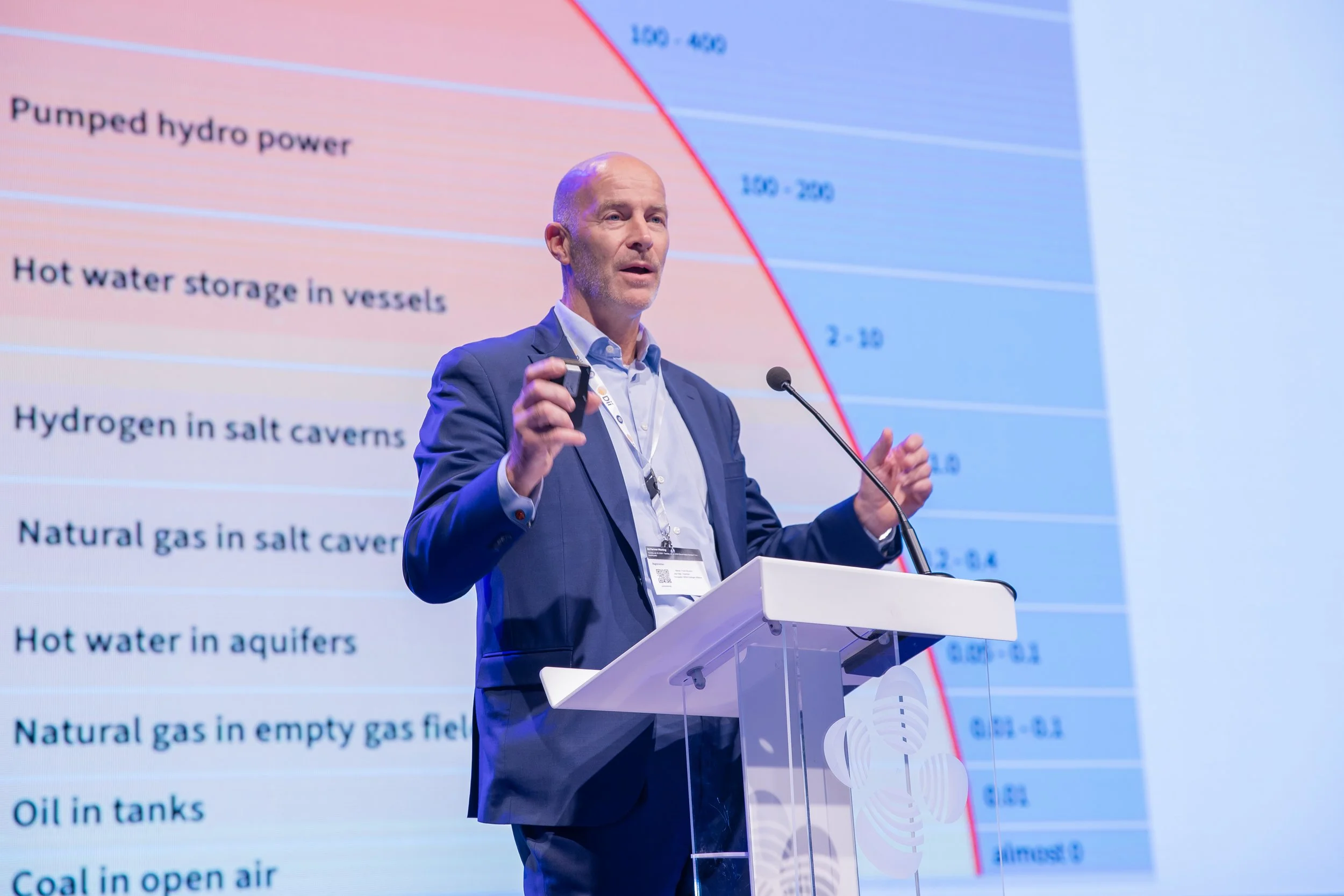Frank Wouters
Director, MED.Gem Network, Chairman, MENA Hydrogen Alliance, Chairman of the Advisory Board, Dii Desert Energy, UAE
Frank Wouters has been leading renewable energy projects, transactions, and technology development for more than 35 years and played a lead role in the development of renewable energy and hydrogen projects all over the world.
He served as Deputy Director-General of the International Renewable Energy Agency (IRENA) from 2012 to 2014.
Mr. Wouters has served on the board of energy companies in Europe, Asia, the US and Africa and currently serves as:
Chairman of the MENA Hydrogen Alliance, Dubai
Chairman of the Dii Advisory Board, Dubai
Director of the EU MED-GEM Network, Brussels
Fellow, Payne Institute, Colorado School of Mines, Denver
Chairman of the Benelux Business Council Abu Dhabi
Chairman of the HyET Group Advisory Board, The Netherlands
Sr. Advisor to the Chairman, Welspun New Energy Ltd, Mumbai
Sr. Advisor to Al Mahhar Holding, Doha
Non-Executive Board Director of Gore Street Capital, London
Frank has authored several books on renewable energy and green hydrogen and has lived in Abu Dhabi since 2009. He has a Master of Science in Mechanical Engineering from Delft University.
1. Which countries or regions are leading in clean tech innovation, and what can others learn from them?
Traditionally, Europe, Japan, Korea and the US have been energy technology powerhouses and most soar technology, the modern wind turbine and most hydrogen electrolyzers originated from these countries. However, now we see China emerging as a global leader. China’s focus on renewable energy has made them a dominating force in the production value chain for solar modules, with China's share of global solar wafer production capacity being nearly 97%, according to Statista. Including Chinese factories in Southeast Asia, China's share of global wafer output was more than 99% in 2023. But apart from solar wafers, cells and modules, China also manufactures close to 80% of all solar inverters. China also has a dominant share in the lithium battery market, controlling between 70% and 90% of global production across various stages of the value chain. This includes mineral processing, battery manufacturing, and key component production. In the field of wind power, in 2023 China produced 60% of 163GW, and Dongfang's 26-MW turbine is the largest in the world by a substantial margin. China's current level of wind energy is right around 470 GW of wind power, more than triple that of the second-ranked USA with 148 GW of wind capacity.
The reasons behind China’s position as a global leader in this space can be contributed to several factors. Firstly, the Chinese governments, both national and provincial, recognize the need for conducive policies to create markets and stimulate manufacturing. The policies that stimulate demand include quotas and subsidies and are generally stable, providing manufacturers with markets for their products. Secondly, the market pull then creates a good environment for manufacturing, with provincial governments often competing for manufacturers to build factories and create employment in their area.
2. How is the Middle East integrating renewable energy into existing grids traditionally built around oil and gas?
Most grid systems in the Middle East are predominantly powered by gas fired gas turbines, with some countries such as Saudi Arabia also burning oil at scale. Since the Gulf nations lack natural sweet water, they rely on thermal desalination systems that turn seawater into drinkable water. These systems run on the exhaust heat of their power plants, also known as combined cycle gas turbine systems. They are relatively straightforward to manage, since they are dispatchable and can be switched on and off or ramped up and down following demand.
In the last couple of years, many countries in the Middle East have started deploying renewable energy at scale, mostly solar PV systems and wind farms. In addition to reduced emissions, the main reason for this is that they provide the lowest cost power, they are currently the cheapest form of power generation. The Gulf States even have achieved several world records for lowest cost of renewable power production. By nature, however, these systems are not dispatchable, and when the wind doesn’t blow at night, they don’t produce anything. At the current shares of variable renewable energy systems in the grids, the fossil dispatchable generation guarantees power when variable renewables are insufficient.
What we now see emerging is the addition of battery energy storage systems (BESS) to make the variable renewable power dispatchable. BESS has shown cost reduction curves like solar PV and is increasingly competitive. A combination of solar PV with BESS in the Middle East is now among the lowest cost dispatchable power and its share is expected to see dramatic growth. Over time the use of fossil fuel for power generation can be phased out by these new technologies.
3. What are the key drivers behind the surge in renewable energy investments in the GCC, particularly in solar and hydrogen?
The main driver for the surge in renewable energy in the GCC is cost competitiveness. Solar PV and wind power, in combination with batteries are the least cost option for new power generation. An added advantage is that deployment of renewables frees up hydrocarbons, that can be used for higher value applications such as petrochemicals or can be sold on world markets.
Hydrogen builds on the potential for renewable energy in the region in combination with an existing industrial base that can be leveraged to produce, convert, store and transport large volumes of molecules. The GCC is highly industrialized with major producers of fertilizers, petrochemicals and metals such as aluminium and steel, and clean molecules offer a pathway into a future GCC economy that has no harmful emissions.

